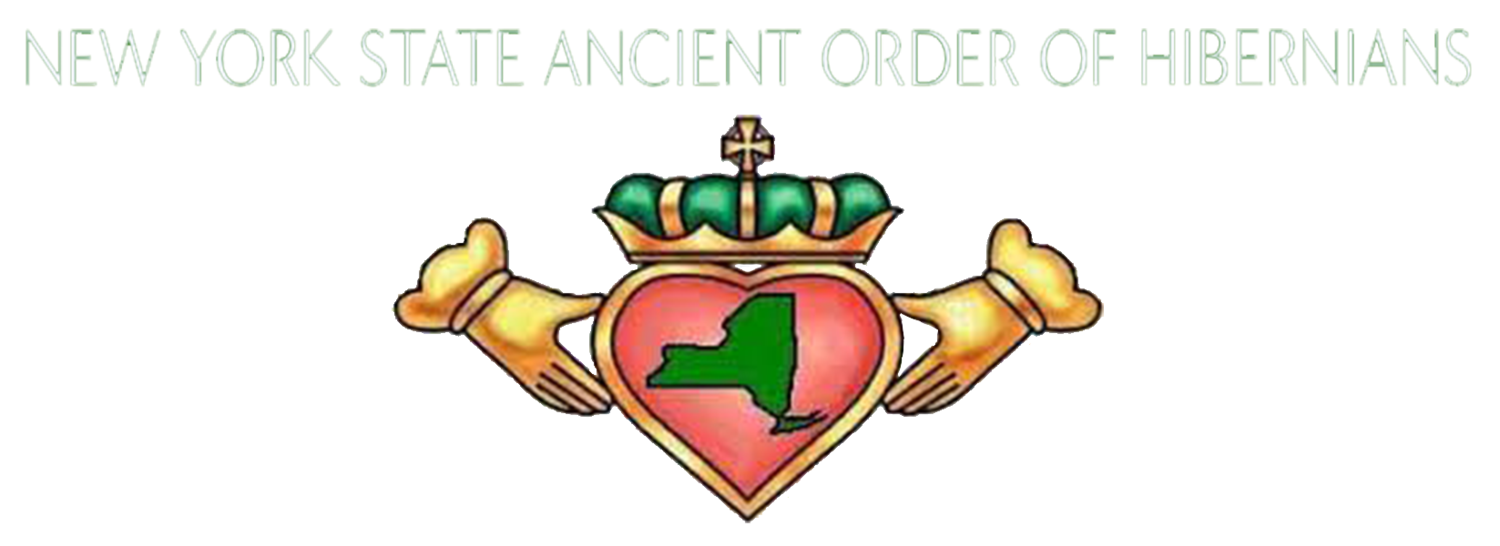The Irish Man from New York Who Caught John Wilkes Booth
President Abraham Lincoln was assassinated on 14 April 1865 by actor John Wilkes Booth at Ford’s Theater in Washington D.C. Booth broke his ankle leaping to the stage but escaped and became a hunted man. Lincoln died the next morning.
Ten days later Booth’s whereabouts were still unknown, so an order was sent to the to the 16th New York Cavalry to assign a reliable and discreet commissioned officer with 25 men to the manhunt. Lieutenant Edward Doherty was chosen to lead the group. They were to hunt down Booth and any co-conspirators. Two days later, the men of the 16th NY Cavalry Regiment caught up with Booth and his accomplice David E. Herold in a tobacco barn near Port Royal, Virginia.
With the barn surrounded, Doherty called upon Booth to surrender. Booth refused and threatened to shoot anyone who entered. His accomplice relented and as he surrendered to Doherty, Sergeant Boston Corbett fatally shot Booth through a crack in the side of the barn as the assassin had been aiming to fire at Doherty. Doherty stated that "the bullet struck Booth in the back of the head, about an inch below the spot where his shot had entered the head of Mr. Lincoln." Booth's spinal cord was severed, and he died two hours later. Doherty and the men of his regiment returned to Washington, DC, on April 27, 1865 with Booth's body.
Sergeant Corbett was arrested for killing Booth. Secretary of War Stanton was angered that the assassin’s death deprived him of a chance to question him on the complicity of Confederate President Jefferson Davis in the crime. Dougherty stood up for Corbett, insisting that he was a brave soldier who had volunteered to try to capture Booth by himself, but who had been forced to shoot him when the actor came towards the soldiers with a gun. `Corbett was released, with Stanton commenting that “the rebel is dead, the patriot lives.
Edward Doherty was born Éadbhard Ó Dochartaigh in Canada in 1838 to parents from County Sligo, Ireland. He eventually settled in New York City. Doherty had previously served with General Michael Corcoran’s Legion. Corcoran, a native of County Sligo himself had been court martialed before the war for refusing to allow his 69th New York to march in a parade to honor the visiting Prince of Wales. With the war coming the matter was dropped.
For his service in the capture of Abraham Lincoln's assassin, Doherty was promoted to captain and was given a $5,250 reward. The 16th New York Cavalry was merged with the 13th New York Cavalry to form the 3rd Regiment New York Provisional Cavalry on June 23, 1865, which was then mustered out on September 21, 1865. Seven months later, Doherty joined the regular cavalry and was assigned to the 5th Regular Cavalry as a Second Lieutenant on April 19, 1866. He was promoted to First Lieutenant on March 1, 1867 in the 1st Cavalry and remained in the regular army until mustering out on December 27, 1870. During his last years in the military, Doherty served under General George Meade as Inspector General of the Department of Georgia, which had been created by the military in 1865 as part of the Third Military District during the postwar Reconstruction period.
In 1871, after resigning from the United States Army, Doherty went into business in New Orleans. Having returned to New York City in 1886, he was appointed Inspector of Street Paving, a position that he held from 1888 until he died on the morning of April 3, 1897.
In later life he served as Grand Marshal in New York’s St. Patrick’s Day Parade and was twice Grand Marshall in the Memorial Day Parade. Doherty succumbed to heart disease at his home on West 144th Street and his funeral was held on April 5, 1897. He is buried in Arlington National Cemetery in Washington, D.C. His tombstone reads: "Commanded detachment of 16th N.Y. Cavalry which captured President Lincoln's assassin April 26, 1865.


